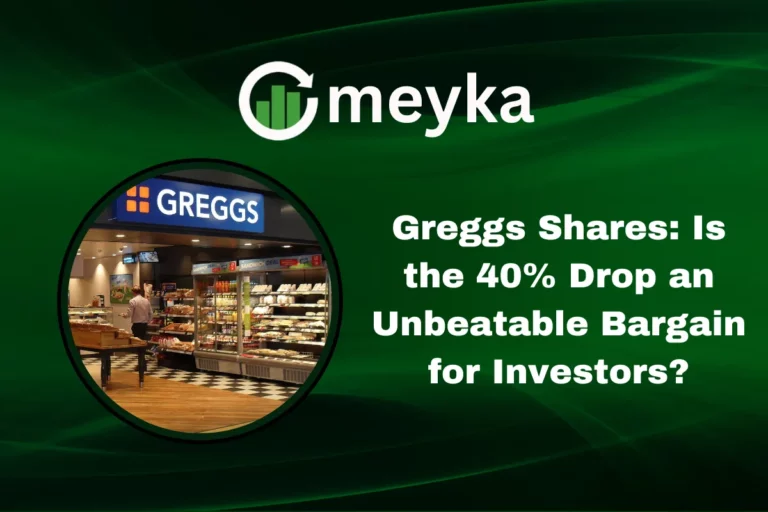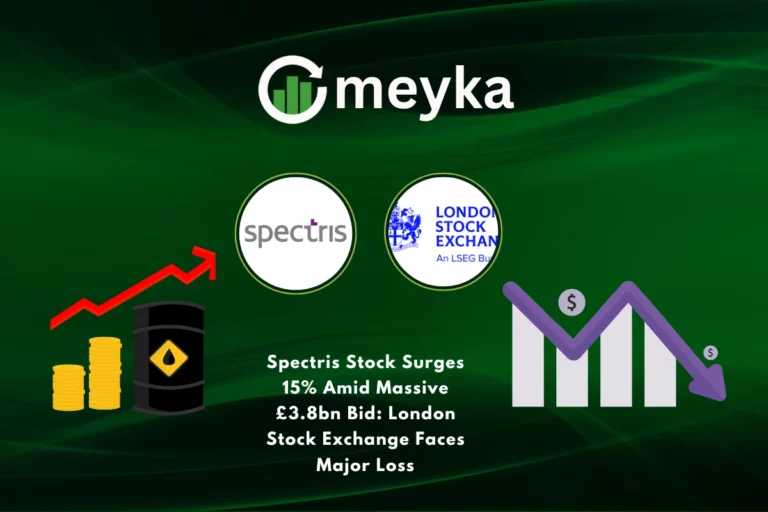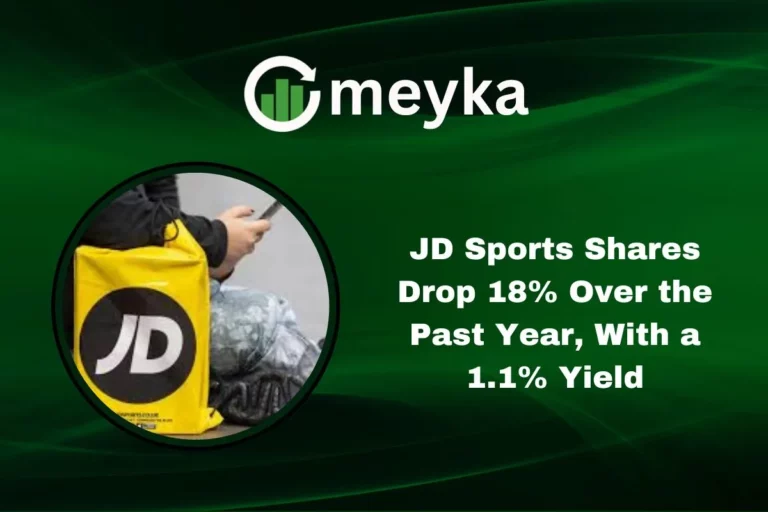Barclays News Today: Is the FTSE 100 Dip a Perfect Buying Opportunity?
The FTSE 100 index fell sharply this week, dragged down by global banking fears. Banking stocks bore the brunt. Barclays shares slid over 5%, making it one of the worst hit on the London market. We want to explore what this dip means for Barclays. Is this a moment to take notice? Or a warning sign? We’ll look at the market, Barclays’ strength and risks, and whether value lies ahead.
Current Market Context
The global markets are rattled. The FTSE 100 dropped about 1.6% in one session, its worst single-day loss since April. Why? Trouble in the U.S. regional banking sector caused a wave of fear. Two banks, Zions and Western Alliance, reported heavy loan losses tied to commercial lending issues. That shock spread across financial markets. In London, banking shares plunged, and investors rushed toward safer assets like bonds and gold.
At the same time, UK-specific concerns add pressure. The upcoming budget may raise taxes to fill a budget gap. Consumer spending is slowing, too. So the FTSE dip isn’t just random; it reflects deeper worries about banking, growth, and policy.
Barclays’ Role in the FTSE 100
Barclays is one of the key banking names in the FTSE 100. Because the banking sector is under heavy pressure, Barclays often feels the impact more than others. When banking fears hit, Barclays’ share tends to move sharply. Recently, it dropped more than many peers.
Because it’s a big name, what happens to Barclays can also influence the broader index and investor sentiment about UK banking as a whole.
Recent Financial Performance & Business Updates
Earnings & Profit
Barclays posted strong first-half results. Pretax profit rose 23% to £5.2 billion. The investment banking arm, helped by trading volatility, contributed solidly.
In Q2 2025, its income jumped 11% year-on-year in the UK division, to £2.1 billion. The group also reported a RoTE (return on tangible equity) of about 12.3%.
Overall group income was up ~14%, and profit attributable to shareholders rose ~34%.
Balance Sheet & Capital
Barclays maintains a CET1 ratio of ~14%, showing a solid capital buffer. The bank also expects to generate further capital through profits. It has been shifting its risk-weighted assets (RWAs) toward UK business segments. It has deployed £17 billion so far in this shift, part of a plan to move ~£30 billion by 2026.
Dividends and Capital Return
Barclays announced a £1 billion share buyback in its recent results. It also paid a half-year dividend of 3 pence per share.
Risks & Legal Issues
Barclays faces regulatory scrutiny. The Financial Conduct Authority (FCA) is investigating alleged weaknesses in its anti-money laundering controls. It also has a tax dispute over bank levy legislation. Plus, past issues like mis-selling car finance may demand further provisions.
Investor & Analyst Sentiment
Analysts see potential upside in Barclays. One firm reset its price target to 450p. They note strong non-interest income, growth in Asia wealth inflows, and favorable conditions for investment banking. Institutional investors have been cautious. The sharp drop in share price and the volatile financial sector create mixed signals.
Comparing with peers: HSBC, Lloyds, and NatWest face similar headwinds. But Barclays’ diversified operations and strong recent performance may give it an edge.
Opportunity in the Dip
We believe that dips like this can uncover value. When shares are driven down by fear rather than fundamentals, there’s room to buy.
Barclays’ strengths include:
- A robust capital base and improving RoTE
- Balanced business model shifting toward UK retail and corporate banking
- A buyback and dividend policy gives some income return
- Strategic shifts to reduce reliance on volatile investment banking
Given the strong recent earnings, there’s a case that the market may have overreacted.
Risks and Headwinds
But it’s not all smooth sailing. Key risks include:
- Credit risk: If borrowers default in a recession, losses may rise
- Regulation: Ongoing investigations or fines could hurt
- Macro weakness: A deep UK or global slowdown would hit Barclays’ business
- Volatility: Banking sentiment is fragile; another shock could amplify losses
We must keep these in mind when judging the opportunity.
Short-Term vs Long-Term Outlook
In the short term, volatility will likely rule. Markets may stay reactive to news about U.S. banks or macro surprises.
Over the long term, Barclays has potential. Analysts see growth levers in its UK and international operations. For investors with time and nerves, the dip may offer a reward.
Traders may use technical levels or sentiment shifts to enter. Longer-term investors may look at fundamentals and trends.
Conclusion
The FTSE 100 dip has shaken markets, especially financials. Barclays, one of the biggest names in UK banking, was hit hard. But its recent earnings strength, capital buffer, and strategic changes make it a company worth watching.
This dip may indeed offer a window of opportunity, but with no guarantee. Risks are real and rising. If you look past the fear and think long term, there’s value to explore.
Let us watch how Barclays weathers the storm, and whether the market’s fear gives way to opportunity.
FAQS:
Barclays’ stock is dropping because investors are worried about global banking risks. Recent market dips and loan concerns in the U.S. made people sell bank shares, including Barclays.
Buying the dip can help if you believe prices will recover. But it also has risks. It’s smarter to check the company’s health and not rush decisions.
The FTSE 100 has strong companies from many sectors. It can offer long-term growth and dividends. Still, market timing and risks should be considered before investing.
Disclaimer:
This content is for informational purposes only and is not financial advice. Always conduct your research.






